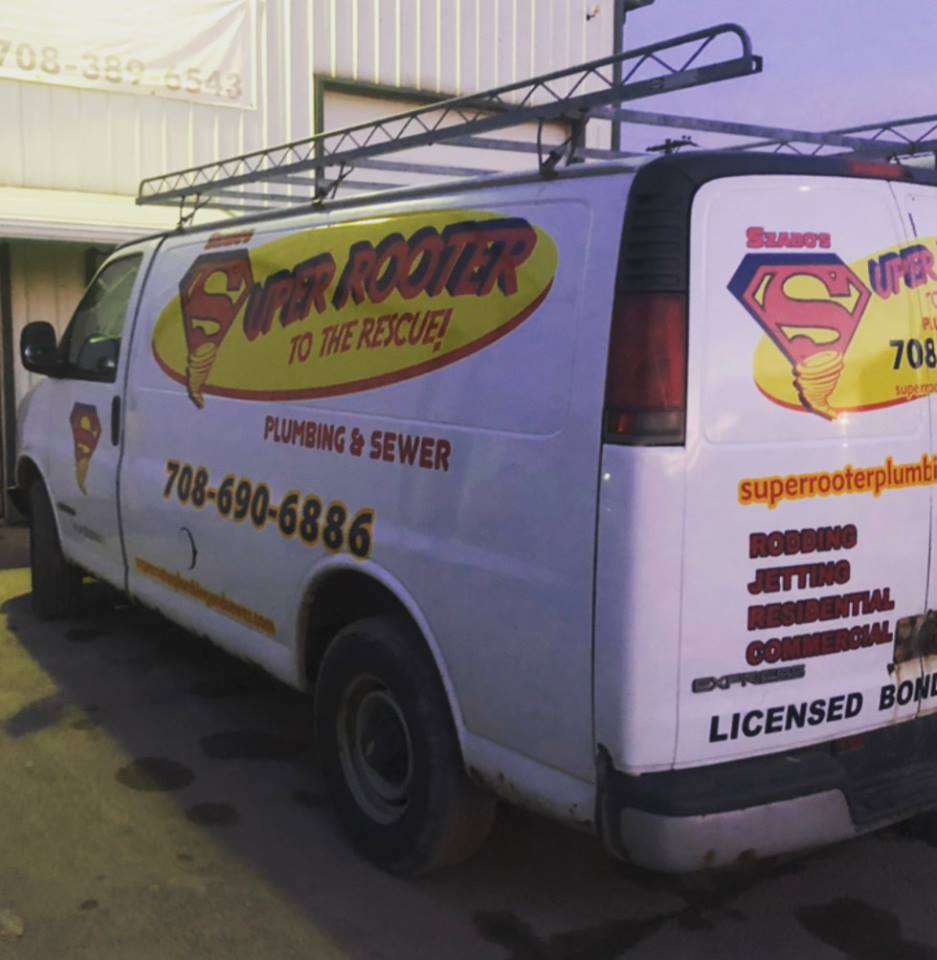Is there any maintenance for a water heater that I can do?
Yes! The pressure relief valve can be regularly tested. If it fails to operate you can replace it. You should flush out the sediments at least once a year. As long as a tank has a functioning anode, it should not rust. You should have the anode checked, by a Super Rooter professional about once every two years.
What happens when roots get inside drain lines?
If left undisturbed, roots from shrubs and trees will completely fill a pipe with multiple hair-like root masses at each point of entry. These root masses can quickly become clogged with grease, toilet tissue and other debris flowing from your home to the main sewer. This will result in reduced flow, slow running drains and in most cases a complete blockage. Once roots have entered the pipe, they continue to grow and expand, exerting considerable pressure at the crack or joint. This increased pressure often breaks the pipe and may result in total collapse, which requires repair or replacement. Some pipe materials are more susceptible to root intrusion than others. Clay tile pipe can be easily penetrated and damaged by tree roots. Concrete pipe and PVC pipe can also allow root intrusion, but not to the extent of clay pipe. PVC pipe usually has fewer joints and the tightly fitted joints are less likely to leak as a result of settlement around the pipe. Allow Super Rooter to use state-of-the-art inline drain cameras to view and record your drain problems with roots.
What is the white substance around my showerhead and faucet?
That unsightly buildup is mineral deposits. You can remove these deposits from the showerhead by taking a plastic bag and pouring a cup of vinegar in it. Place the bag over the showerhead and use a twist tie to hold it in place overnight. In the morning, remove the bag and use an old toothbrush to gently scrub off the deposits. You might be able to remove the aerators from the faucets and allow them to soak in the vinegar overnight.
How do I eliminate the foul odor coming from my garbage disposal?
This is a common plumbing question. A buildup of food debris within the disposal is what causes the foul odors. To eliminate odors, place ice cubes and lemon or orange peels in the disposal, and run for 30 seconds. Next, squirt a little liquid dish detergent into the disposer while it is still running. Finally, run cold water for about 30 seconds to rinse all the debris away.
What is the recommendation for replacing a toilet in my home?
When considering any new fixture for your home, we recommend that you choose a fixture made by one of the major manufacturers. If cracks or fissures are present in the tank or bowl, this can impede the operation of the fixture. Poor mounting and deteriorating rings and seals can affect the operation as well. Keep in mind that many of the new toilets conform to new government standards that require they use no more than 1.6 gallons per flush. If you are replacing an older model, this may take getting use to.
What could be causing my recent high water bill?
You may want to check to see if a toilet is leaking. Check the water level in the tank to see if water is overflowing into the overflow pipe. This is the pipe in the middle of the tank which has a small tube connected to it. In the event water is running into the overflow pipe, adjust the fill valve to stop the flow approximately one inch below the top of the overflow tube or to the water level mark stamped on the side of the tank. Periodic maintenance by a plumbing professional will ensure proper operation.
I have a problem with the plumbing in my house making groaning and honking noises.
It could be that you have lost your "air cushion." To get it back, turn the water supply off at the main valve. Turn on all the faucets around your home. Then turn on the main valve again and shut off each faucet. This should take care of the problem.
My kitchen sink drains slowly. Could the drains be partially clogged?
First, try using a plunger. Second, try using a liquid drain opener, but use caution and read the directions. Third, you can remove the trap and remove any debris. Be careful if you have used a liquid drain opener, because there may be some in the trap. Fourth, if the clog is beyond the trap, there are drain augers that extend from about 15 feet to about 50 feet. There are also special enzyme-based drain openers that will help dissolve buildup in pipes in older homes.
